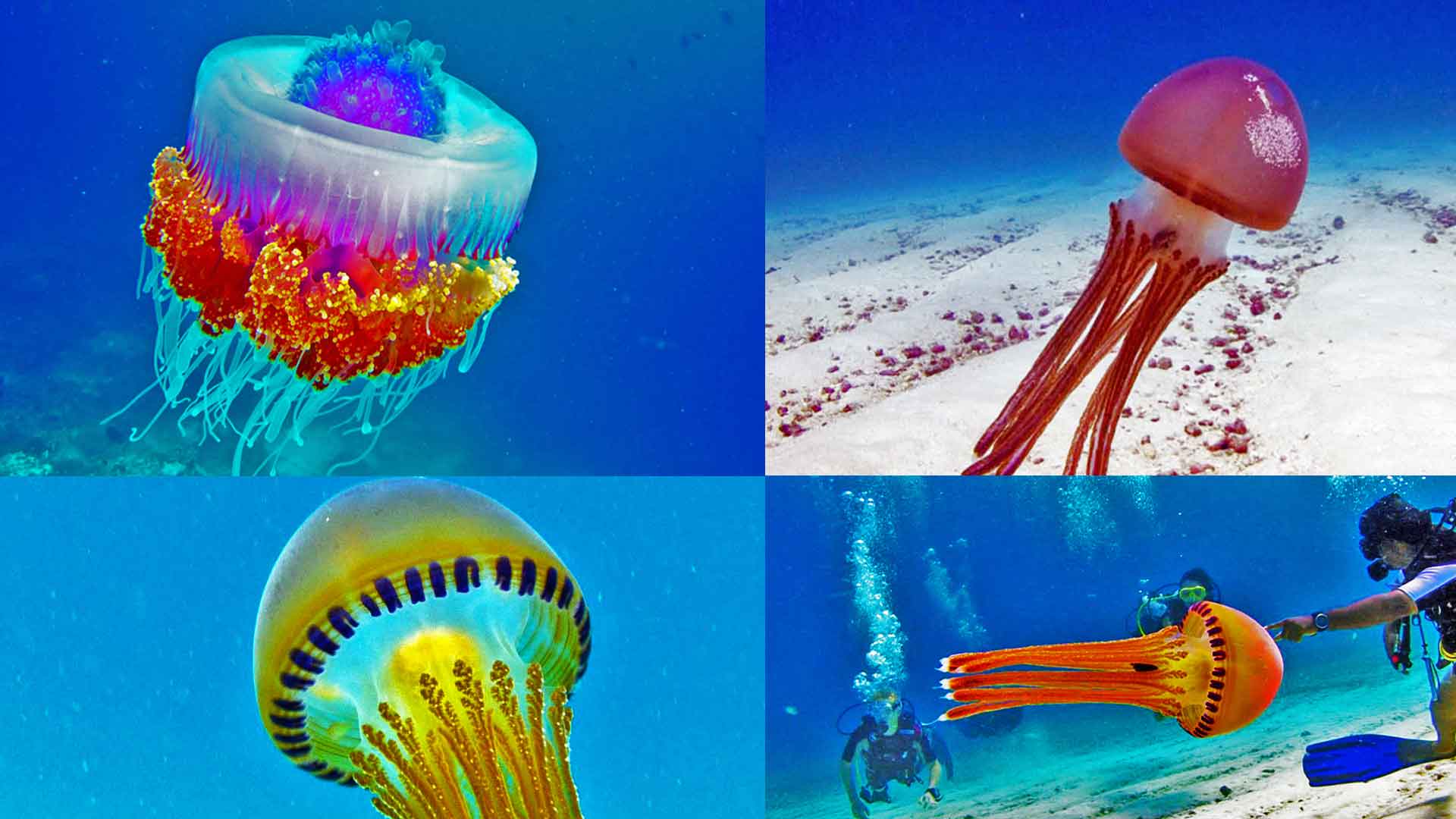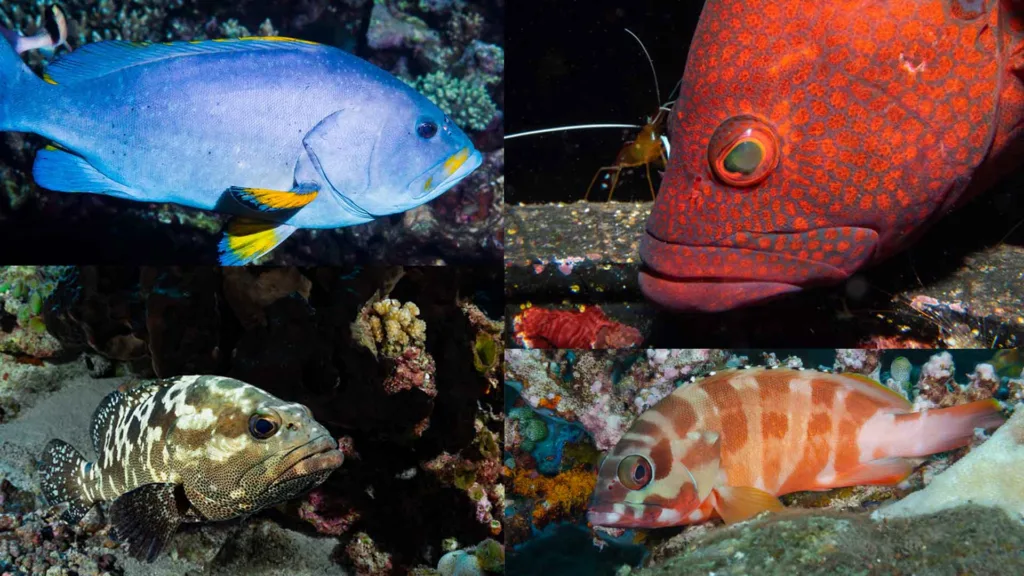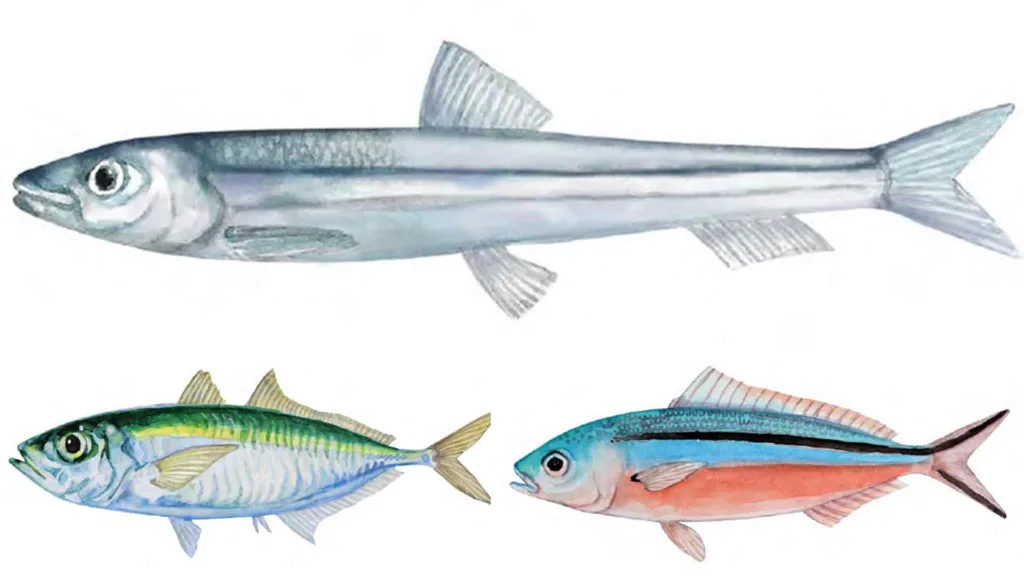Phylum: Cnidaria
Class: Scyphozoa
Classification: Invertebrate
Weight: Up to 2kg
Body size: 2cm to 2m
Top speed: 8km/h
Diet: Fish, shrimp, crabs, tiny plants and even other species of jellyfish
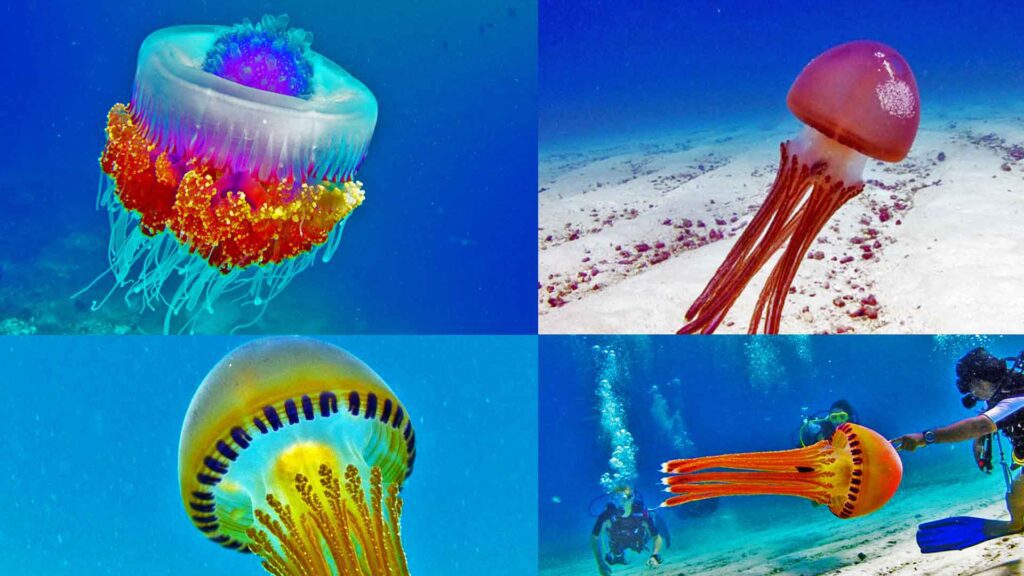
We used to go to the beach in the Neragado area of our district when we were kids. While enjoying the shallow waters in the passageway created by blowing up the reef flat, we came across small invertebrates.
I can only recall the colours blue and purple of unknown species that we encountered. At the time, elderly people told us that those creatures only sting. We had no idea some of them were poisonous or deadly. We were also unaware that there were large ones. Those were jelly fish that floated and drifted in the narrow passage ways and on the reef flat of our island.
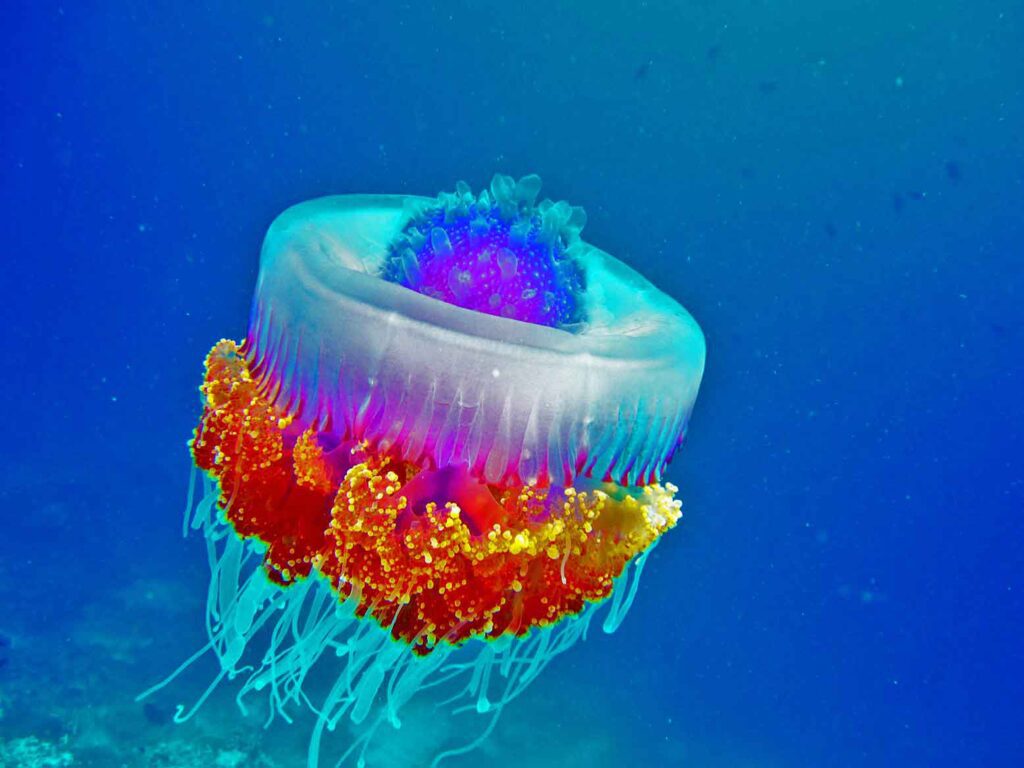
It is possible that jellyfish have existed for more than 500 million years (Welsh, n.d.). We may see them as transparent creatures. However, there are colourful ones as well. As previously stated, jellyfish come in a variety of colours, including blue, yellow, pink, and purple.
Jellyfish are not fish. They are members of the Cnidaria group.
“Jellyfish are gelatinous and jelly-like,” the principal curator of Crustacea and Cnidaria of the National History Museum, UK, described jellyfish. “They have a curved, bell-shaped body with tentacles hanging down from underneath. On this underside they also have a mouth and four oral arms, which are thicker than the tentacles,” he elaborated further.
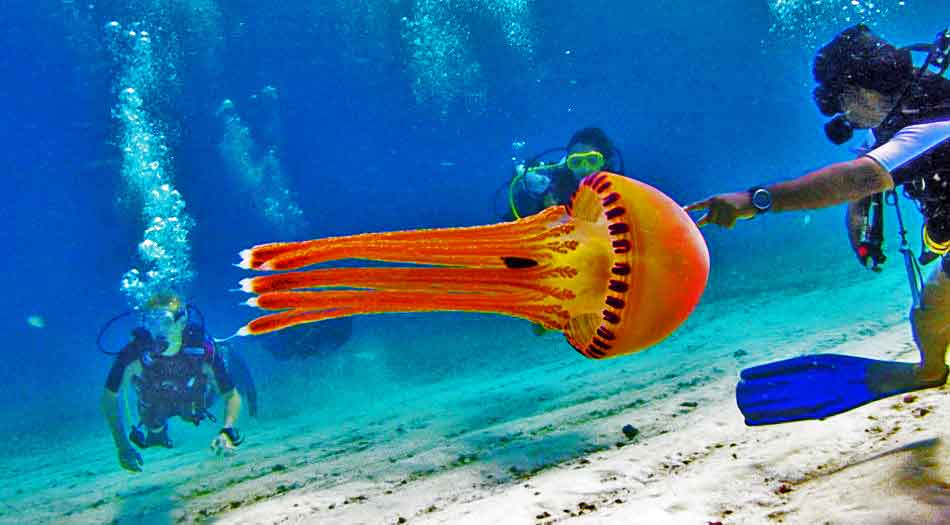
They belong to the Scyphozoa class. This group consists of approximately 200 species. Jellyfish don’t have a brain, heart, or eyes. They consist of a bag-like body. Their tentacles have tiny stinging cells. Tentacles protrude from their jelly-like bodies, allowing them to launch surprise attacks and paralyze animals.
Jelly fish also consume fish, prawns, crabs and small pants. To consumeh these tiny creatures, they use their mouth, which is located in the centre of their bodies. They use the same mouth to expel waste from their bodies.
Jellyfish are known for digesting their food quickly. They feed on fish, prawns, crabs, and small plants. The digestive process must be quick; otherwise, it will be unable to float with the consumed prey in its body.
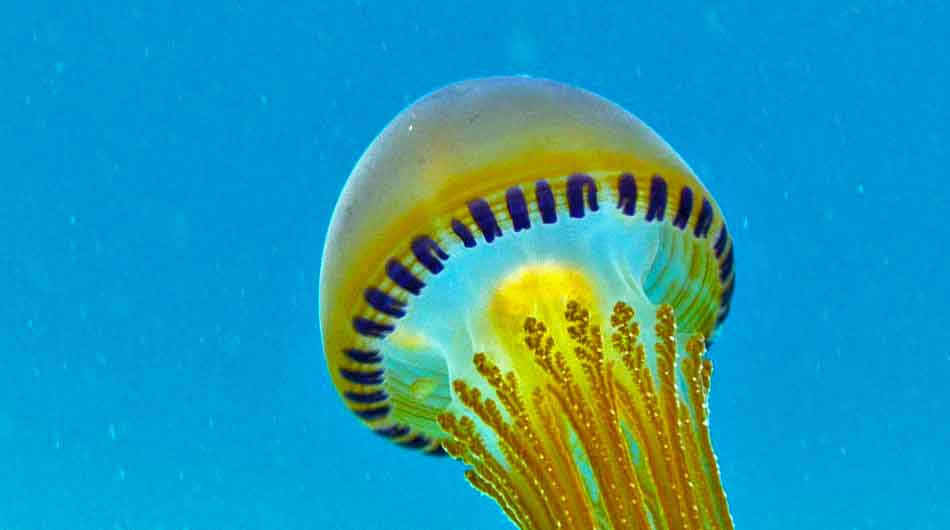
Sea turtles enjoy eating jellyfish. It is a popular dish in some parts of the world, including China. It can also be used as a medicine.
Since these are floating or drifting creatures in the ocean, some of them are dangerous if we come across them. The stings are painful. The interactions between humans and jellyfish are unintentional because jellyfish do not attack humans on purpose.
Jelly fish also can generate light. This process is known as bioluminescence. Although they lack a brain, heart, teeth, and blood, they do have a network of nerves that control almost every function of those organs.
Some of the jelly fish that are found in the Maldives are: Moon Jellyfish (Aurelia aurita), Blue Jellyfish (Cyanea lamarckii), Purple Crown Jellyfish (Cephea cephea), Box Jellyfish (Chironex fleckeri), and Portuguese Man-of-War.
The moon jellyfish is harmless. If the blue jellyfish stings you, it will feel like a mosquito bite. The box jellyfish is rarely spotted in the Maldives. Some jellyfish can cause excruciating pain if stung. It can be fatal as well.
